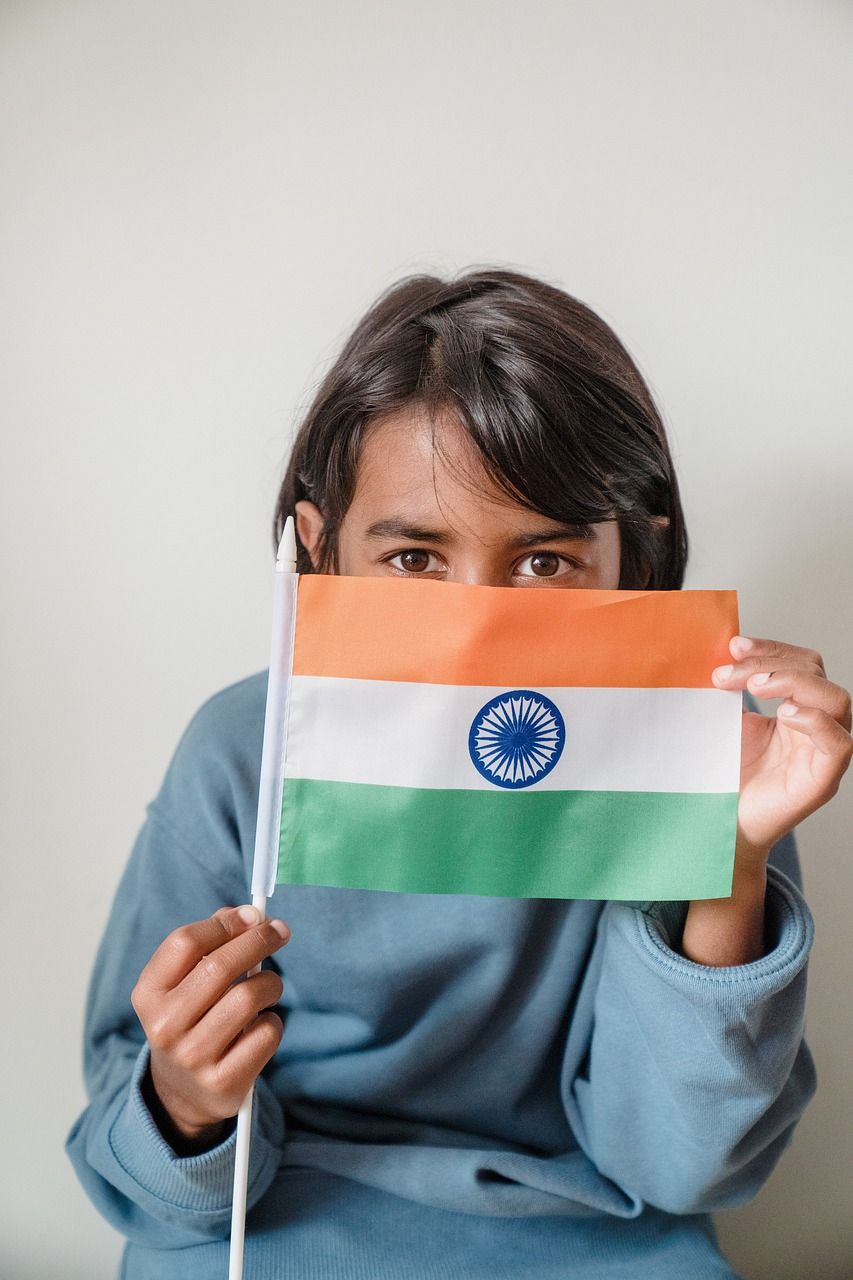Mental health has become a mainstream conversation in Canada, especially among younger generations. People are talking openly about anxiety, depression, and emotional well-being—breaking long-standing taboos. But for many Indian Canadians, the journey toward therapy remains complicated, marked by cultural stigmas, generational divides, and a lack of culturally competent resources.
The good news? Change is happening. More Indian Canadians are entering the field as psychotherapists, creating safe spaces for healing within their own communities.
Cultural Context: Roots of Silence
Indian culture is steeped in values of family honor, emotional strength, and community perception. Mental health struggles—like anxiety, depression, ADHD, PMDD, or trauma—are often minimized, ignored, or dismissed. Talking about such issues can be seen as a sign of weakness or, worse, as bringing shame upon the family.
For first-generation Indian immigrants, the priority has often been survival and success in a new land. Therapy may seem unnecessary or foreign. Meanwhile, their Canadian-born children face a different struggle—trying to bridge two cultural identities while dealing with mental health challenges that their parents may not fully understand or validate.
Generational Shifts: A New Narrative
A promising shift is underway. Younger Indian Canadians are using social media, community platforms, and public forums to speak openly about their mental health. Influencers and advocates are helping to destigmatize therapy by addressing:
Anxiety and burnout
Toxic family dynamics
Academic and career pressures
The burden of the “model minority” myth
By normalizing these conversations, younger generations are not only prioritizing their own well-being but also paving the way for future generations to do the same—without fear or shame.
Barriers to Access: What’s Still in the Way
Despite progress, several real-world obstacles continue to prevent many Indian Canadians from seeking therapy:
- Cultural Mismatch
Many therapists lack a nuanced understanding of Indian family dynamics, religious beliefs, or community expectations. This gap can lead to miscommunication or mistrust during therapy.
- Language Barriers
For older adults, therapy in English may be a challenge. Services in Punjabi, Hindi, Tamil, Gujarati, and other South Asian languages are still limited, making access more difficult.
- Cost and Availability
Therapy remains expensive and is often not covered by basic healthcare plans. For many working-class or immigrant families, it can feel out of reach.
Culturally Competent Care: A Growing Solution
Thankfully, there’s a rising wave of Indian Canadian therapists who are meeting the community where it is. These professionals offer culturally sensitive care that acknowledges tradition while fostering emotional resilience. They understand what it means to live at the crossroads of Indian heritage and Canadian life.
Moving Forward: From Silence to Strength
The conversation around mental health in Indian Canadian communities is still growing—but it’s already powerful. Seeking therapy doesn’t mean rejecting your culture or upbringing. It means choosing to understand yourself better, to heal, and to support others in doing the same.
Healing isn’t un-Indian. It’s human. And it’s time.
 About the Author: Shraddha Shukla, RP (Qualifying)
About the Author: Shraddha Shukla, RP (Qualifying)
Shraddha Shukla, MACP, RP (Qualifying) is a psychotherapist specializing in ADHD, autism, PMDD, immigrant stress and transitions, and trauma. She offers accessible, virtual counselling and therapy services in English, Hindi, and Gujarati. Visit here to learn more about Shraddha.


